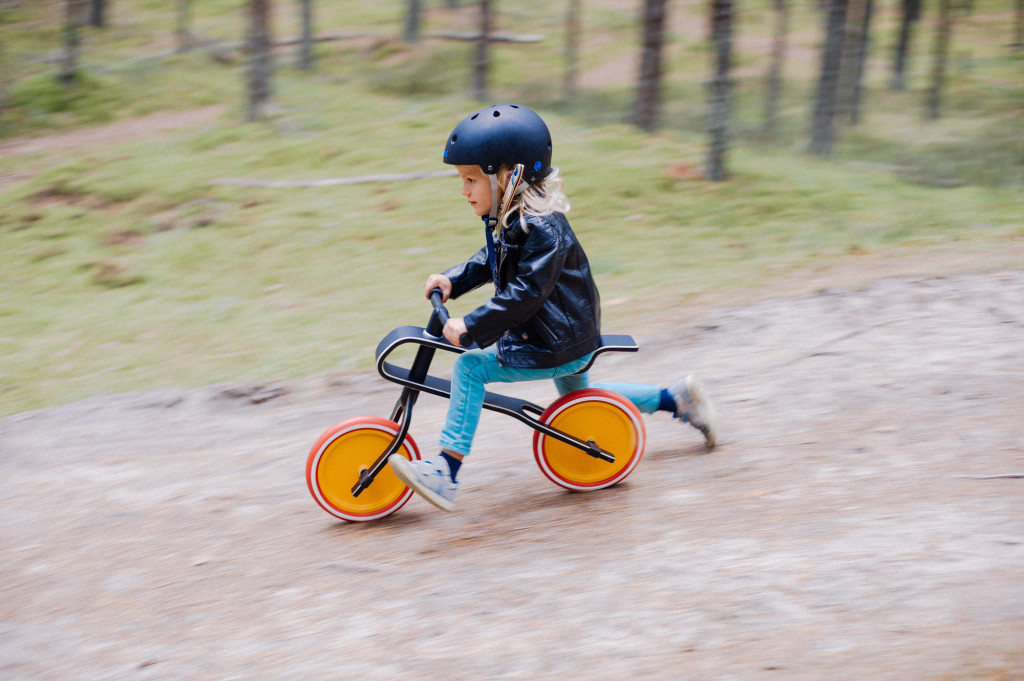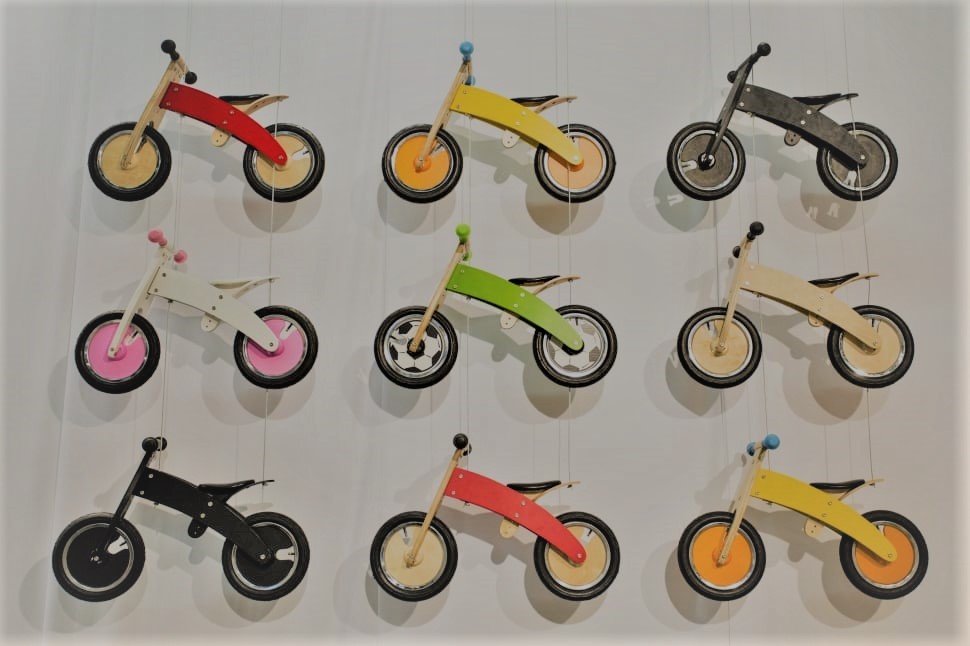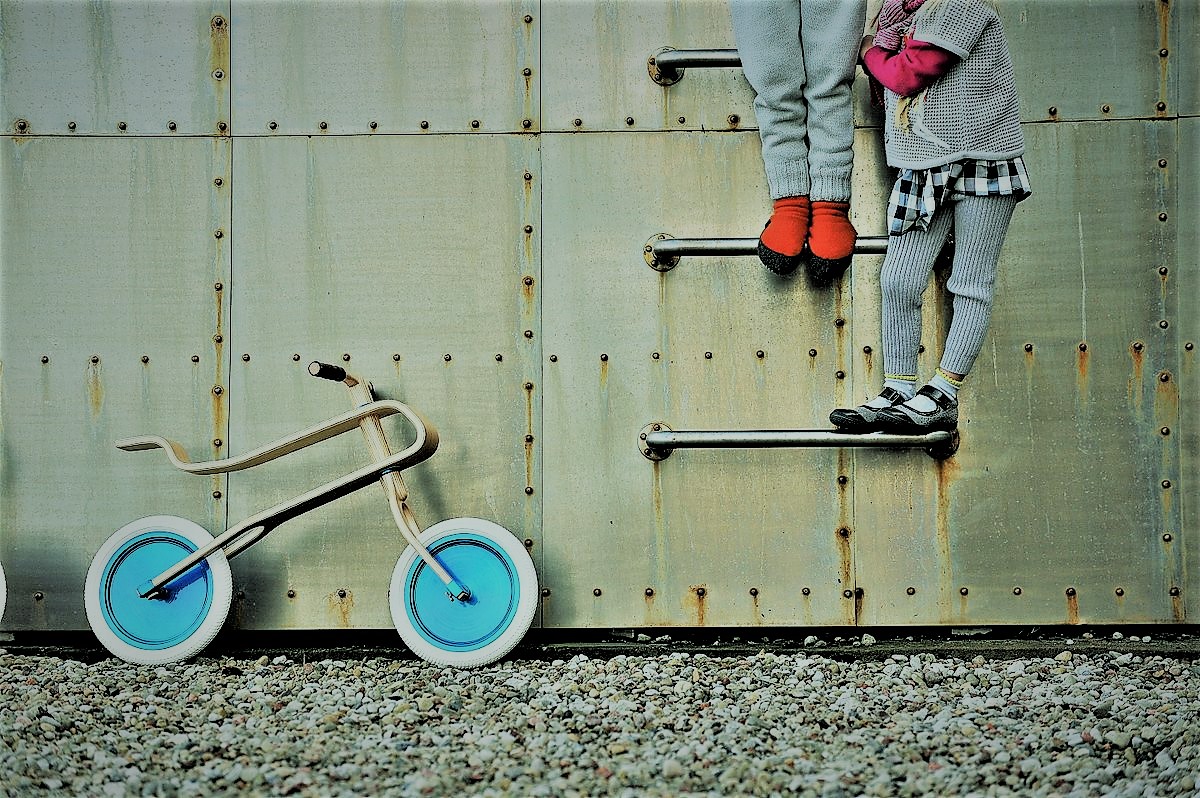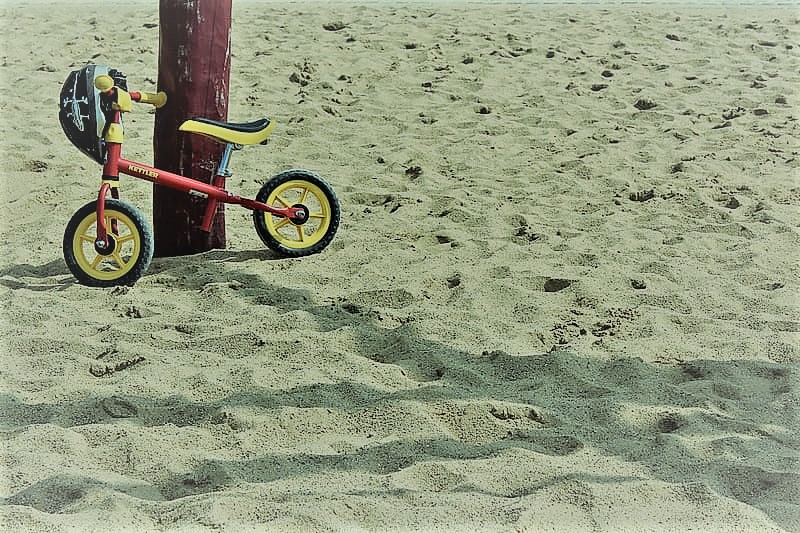A Complete Kid Bike with Training Wheels Explained
January 8, 2024
117 Views
0
SaveSavedRemoved 0
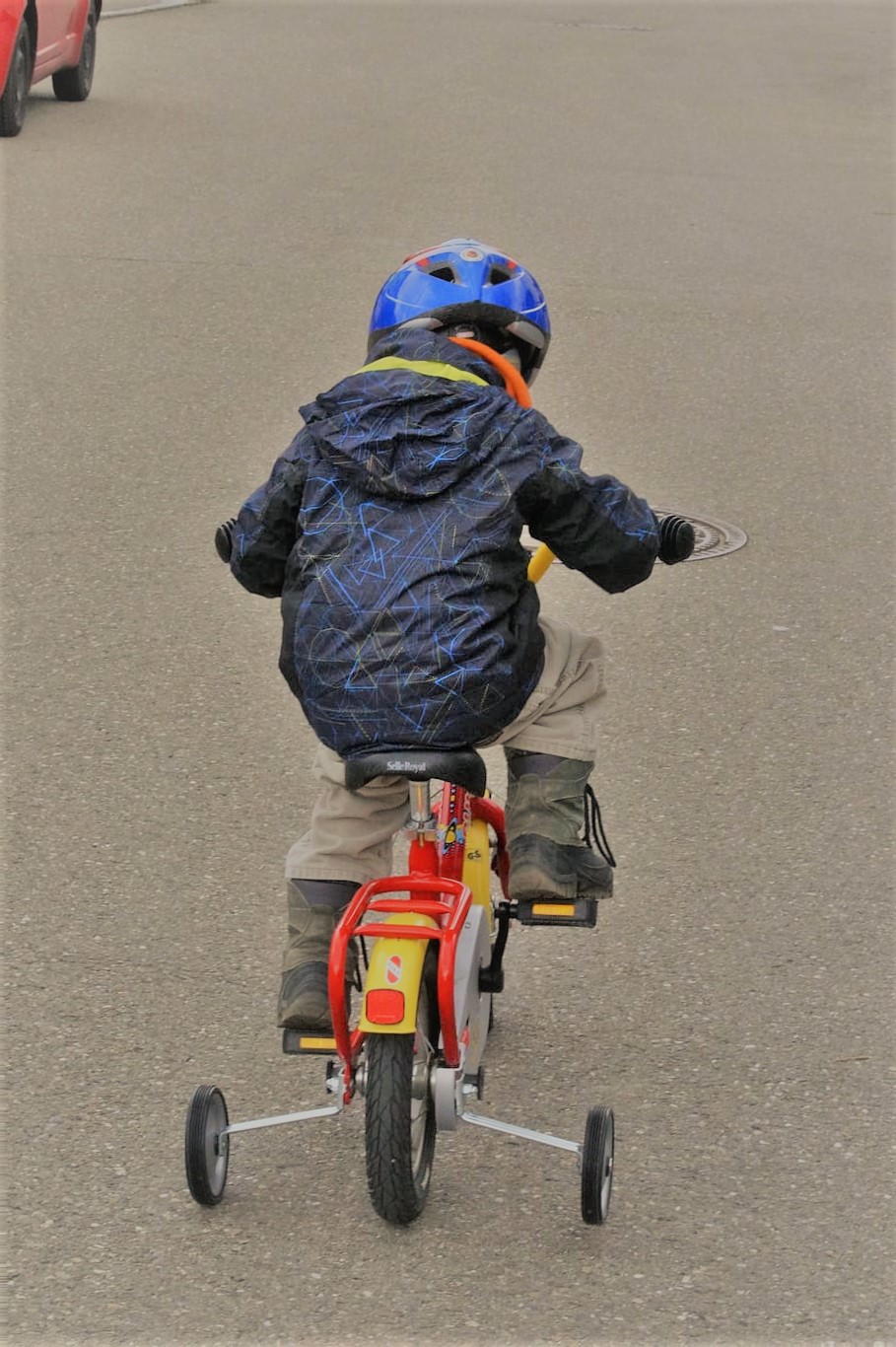
Table of Contents
A kid bike with training wheels is an “old-school” bicycle with chains, cranks, brakes, pedals, and training wheels equipped. This bike is sometimes referred to as a kid pedal bike with stabilizers because it employs dual training wheels connected parallelly with the rear wheel to support kids while they are pedaling on the two-wheeler. By doing so, children can comfortably be in the upright position. The kid bike with training wheels is suitable for most children, aged two and up.
Unlike a balance bike, the kid bike with training wheels is designed for cruising on a flat surface road, not on the rough and soft ground. To get on the bike, make sure that training wheels are firmly connected with the rear wheel, and parents can help their kids by pushing the bike forward as this type of bicycle requires more force to pedal than a little kid may find it challenging to do it.
>>>Looking to buy a girl bike with training wheels, read our review of best toddler girl bikes with training wheels
The bike with training wheels: How to deal with it
The essence of training wheels
The essential feature of training wheels is to assist kids in riding in an upright position, which is considered the most comfortable posture when riding. Training wheels contribute less in helping your kid to gain a sense of balance but, instead, it does make your kid familiar with a bicycle. The bike with training wheels is equipped with essential components such as handlebars, saddle, brake system, cranks, pedals, and training wheels. Your kid will be able to learn how to steer, pedal, and stop the bike. These activities will lay the groundwork for cycling for your child, and once they are familiar with the system, you can move to the next step by disintegrating training wheels and letting your kid get a sense of balance on his own.Focus on pedaling
Usually, a bike with stabilizers does require more force to pedal than a typical bicycle because it has a relatively lower gearing ratio. Therefore, a little kid may need his parent to assist him by pushing the bike forward. Besides, training wheels sometimes add up the total weight of a bicycle and make pedaling even more difficult. Furthermore, this bike is originally designed to be cruised on flat, paved roads rather than on dirt trails because training wheels are easily stuck on the soft, uneven ground-like trail roads. For those parents who plan to buy a bike with training wheels for their kid, it is advisable to find an appropriate place to train your little angleAdjustable Seatpost and saddle
Parents may consider adjusting the Seatpost and saddle by the kid’s height. For bicycles with training wheels, you don’t need your kid’s leg to touch the ground. Just maintain enough clearance for pedals not to hit the ground. Ideally, the kid’s leg may be allowed to touch the ground as long as he can easily hop on and off the bike. To accommodate your child’s safety, try to adjust the saddle so your kid to reach the ground on his tip-toe while in a sitting position.The D.I.Y. approach to installing training wheels
Training wheels are mounted directly to the hub of the rear wheel. The bolt and washer must be directly attached to the axel to accommodate the training wheels’ arm. To install training wheels, first, you need to have at least a 15 mm wrench and an adjustable wrench ready. After that, do the following steps;- Make sure that you have all parts ready.
- Start assembly process
- Tighten the washer and nut back on the rear hub



